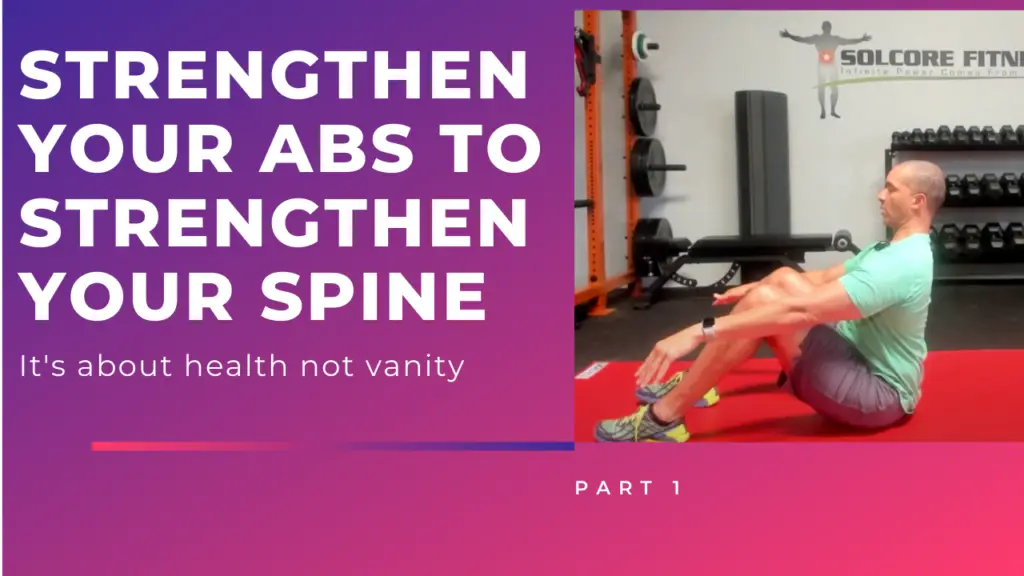
Click the image to watch the video
Why Spinal Strengthening Is About Health, Not Vanity
Building a strong core isn’t just about abs—it’s about long-term health, resilience, and a symptom-free spine. The true core includes everything between the neck and pelvis: deep spinal stabilizers, diaphragm, abdominal wall, latissimus dorsi, pectorals, and the muscles of the shoulder girdle. For sustained wellness, these muscles must work as an integrated system, not in isolated movements.
Rethinking Common Core Exercises
Most people encounter the same generic ab and core exercises, but the science shows that effective spinal strengthening requires a thoughtful, holistic, and progressive approach. Routines focused solely on planks, crunches, or static holds miss the essential function of interdependent muscle chains. For real results in spinal health and posture, all directions and layers of your core muscles must be engaged, both globally and segmentally.
The Importance of Spinal Stabilizers
Your deepest core muscles—closest to the spine—are the real MVPs. The brain recruits these stabilizers first, sending signals down the spine before engaging bigger muscle groups for complex movement. Only with strong, responsive deep stabilizers can the entire core coordinate properly for posture, dynamic strength, and injury prevention.
ELDOA: The Ultimate Spine And Joint Exercises
How to Activate Your Deep Core Muscles
The Transverse Abdominis (TVA) Breathing Drill
Imagine the TVA as an internal girdle wrapping your waist. To train it, perform diaphragmatic breathing to fill the abdominal cavity with pressure, contract your pelvic floor, and cinch the TVA tightly. Breathe deeply, maintain pressure, and resist movement at your shoulders or chest. Aim for up to five reps per set, increasing duration as you master the technique.
The Diaphragm Drill
The diaphragm links directly with the TVA and spine. Practice abdominal breathing—keep shoulders relaxed—and then add light weight on your belly button, lifting with your breath for three sets of twenty reps, progressing the resistance over time. Pascal’s Law proves that internal pressure supports the entire core uniformly.
Articulation and Roll-Ups for Spinal Function
The Roll Down/Roll Up Sequence
Healthy spines need segmental movement. Practice rolling down and up slowly using only your abs and spinal muscles, articulating each vertebra in sequence. If you can’t reach the ground, perform partial reps—aim for three sets of fifty, progressing to one hundred as capacity improves.
[H2] Putting It All Together for Spinal Health
Every element here deep muscle activation, breathing technique, segmental movement, targeted stretching should be programmed and progressed according to your individual needs. Never rely on just one or two exercises for full spine health.
Ready for sustainable spinal strength and true core function? Explore our advanced ELDOA programs and resources for a holistic, progressive path to a resilient spine.
Find out more @
it’s not just working out, it’s building a foundation for a better life.

Leave a Reply